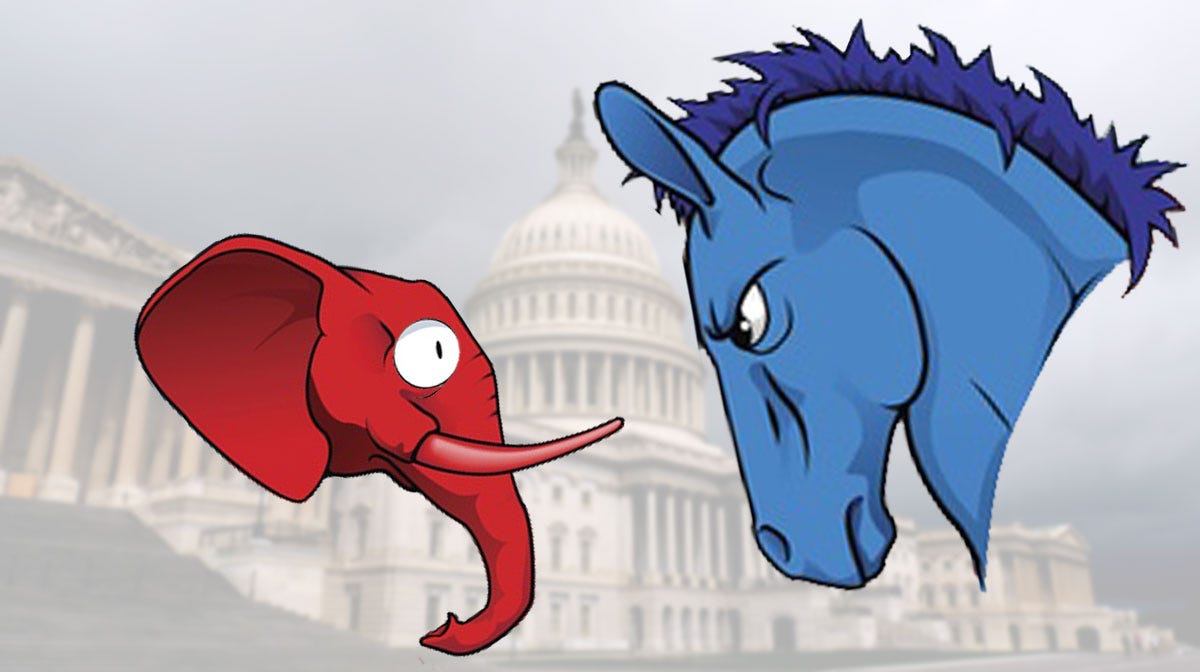Don't Trust the Numbers: The Hidden Truth Behind Election Polls
Surveys Aren't Magic Eight Balls - Get Out There And Vote! Democracy Is on the Line!
🎉 Enjoy 20% Off Memberships! Support ad-free journalism today! 🎉
In the early 2000s, Colgate ran a campaign claiming that “four out of five dentists prefer Colgate.” It sounds definitive, right?
But consider this: I could just as easily say, “20% of dentists don’t prefer Colgate,” and still be accurate.
This example highlights the challenge of interpreting statistics, including polls, where the same set of facts can tell two very different stories.
The Problem with Polls
Polling results are often presented as solid predictions, but they are based on assumptions that can easily shift outcomes.
Here are some key reasons why polls can be misleading:
Weighting Issues: Pollsters adjust results to match demographic expectations, but small changes can alter results by up to eight points(Good Authority).
Sampling Bias: Polls often struggle to reach representative samples, leading to errors. Certain voters, such as Democrats in 2020, are more likely to respond, which skews predictions(Good Authority).
Framing Matters: Just like the Colgate campaign, polls can be spun to favor a particular narrative. A slight shift in language or methodology can create vastly different impressions(4 out of 5).
Why Polls Shouldn’t Deter You
Polls aren’t perfect predictors, yet they often shape voter perception. The danger lies in how polls can demoralize some voters or create false confidence in others.
In reality, elections aren’t determined by polling numbers—they’re decided by votes.
Conclusion: Your Vote Is What Matters
Polls provide insights, not certainty. The only reliable way to influence an election’s outcome is to vote.
And remember: When liberals and progressives vote, liberals and progressives win. It's as simple as that.
👉 Don’t miss out! 👈
Get 20% off memberships through November 5!



